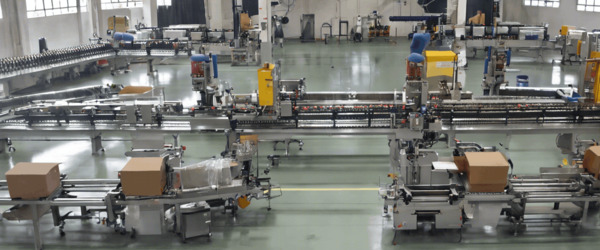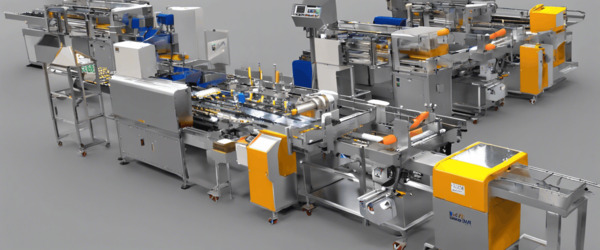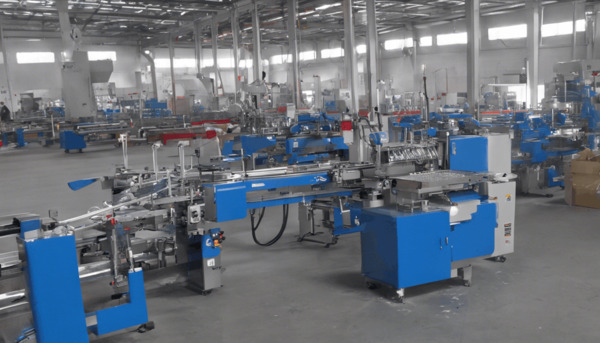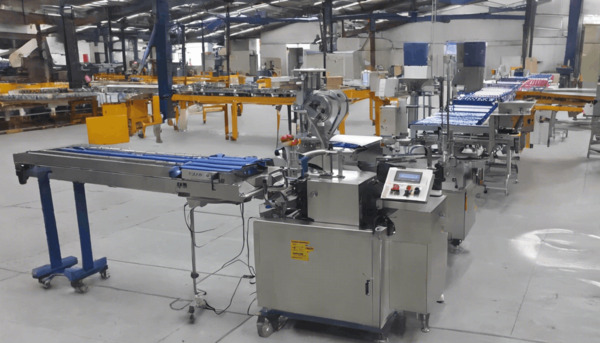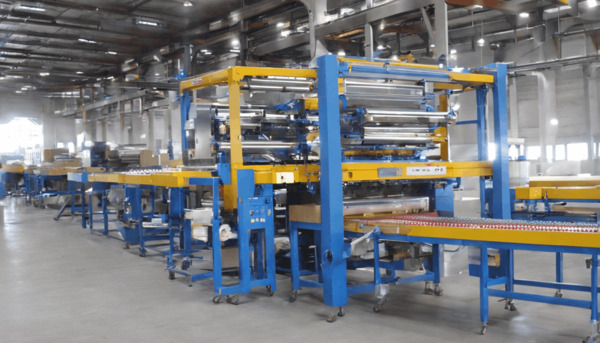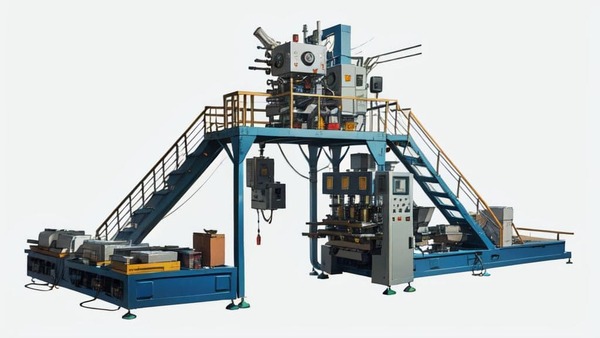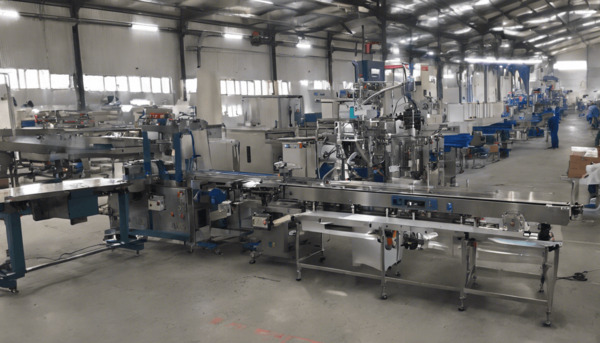
Introduction to Carton Sealing
Carton sealing is a critical step in the packaging process, ensuring that products are securely enclosed for shipping and storage. The method used to seal cartons can vary depending on the type of carton, the contents, and the desired level of security. This article explores the various techniques and technologies used in carton sealing, providing a comprehensive overview of the industry practices.
Types of Carton Sealing Methods
There are several methods used to seal cartons, each with its own advantages and applications. The most common methods include:
1. Tape Sealing
Tape sealing is one of the most widely used methods for sealing cartons. It involves applying adhesive tape over the flaps of the carton to secure them in place. Tape can be applied manually or with the help of automated machines. The type of tape used can vary, with options including pressure-sensitive tape, water-activated tape, and reinforced tape for added strength.
2. Glue Sealing
Glue sealing involves applying adhesive to the flaps of the carton and pressing them together until the glue sets. This method provides a strong seal and is often used for cartons that require a tamper-evident closure. Hot melt glue is commonly used in automated systems, while cold glue may be used for manual applications.
3. Stapling
Stapling is a mechanical method of sealing cartons that involves driving metal staples through the flaps of the carton. This method is particularly useful for heavy-duty applications where a strong seal is required. Stapling can be done manually with a stapler or automatically with a stapling machine.
4. Strapping
Strapping involves wrapping a plastic or metal band around the carton to hold it closed. This method is often used in conjunction with other sealing methods for added security. Strapping is particularly useful for large or heavy cartons that require additional support during transit.
Factors Influencing Carton Sealing Method Selection
The choice of carton sealing method depends on several factors, including:
- Carton Size and Weight: Larger or heavier cartons may require more robust sealing methods such as stapling or strapping.
- Contents: The nature of the contents can influence the sealing method. For example, fragile items may require a more secure seal to prevent damage.
- Security Requirements: Products that require tamper-evident seals may benefit from glue sealing or reinforced tape.
- Cost: The cost of materials and labor can influence the choice of sealing method, with some methods being more cost-effective than others.
- Speed: Automated sealing methods can increase the speed of the packaging process, which is important in high-volume operations.
Technological Advancements in Carton Sealing
Advancements in technology have led to the development of sophisticated carton sealing machines that can automate the sealing process. These machines can apply tape, glue, or staples with precision and speed, reducing the need for manual labor and increasing efficiency. Some machines are equipped with sensors and cameras to ensure accurate sealing and quality control.
Conclusion
Carton sealing is an essential part of the packaging process, ensuring that products are securely enclosed for shipping and storage. With a variety of sealing methods available, businesses can choose the most appropriate technique based on their specific needs and requirements. As technology continues to advance, the carton sealing industry is likely to see further innovations that enhance efficiency and security.
